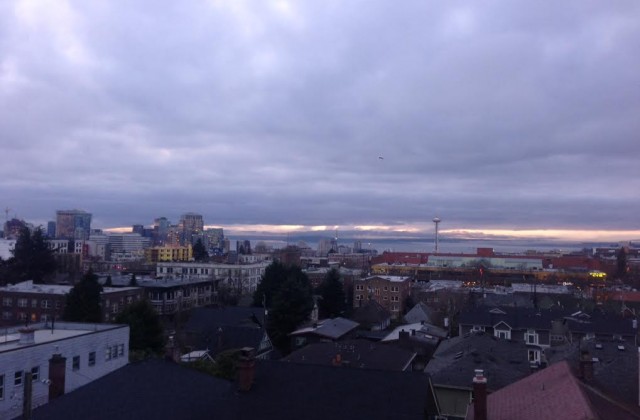Innovation in Affordable Housing
Innovation happens in affordable housing, but progressive cities such as Seattle who have chosen to make it a priority could be doing more to encourage creativity in developing new models. City planners are on board with the value that mixed income living brings to neighborhoods, but regulators too easily think in terms of twisting the arms of big developers, and too little about encouraging the outlying ideas.
Take Apodment microhousing. The family run company has made huge strides in popularizing and normalizing cluster style apartment living, but has had an uphill battle against confused and worried neighbors and city officials. Inviting concerned parties to visit the developments has helped, as has the fact that the locally owned company makes responsible and sensitive management a priority of doing business. One look at old photos of the blighted properties replaced should convince any skeptic that changes are a step in the right direction. This model has worked because of the careful attention by the developers to the peculiarities of Seattle–but it has also only been possible in spite of overly prescriptive zoning laws.
Other models have succeeded at least as far as proof of concept. Artspace, based in Minneapolis, has developed 35 sites in 13 states through what they call an artist-led community transformation. Rainier Beach is home to one such project, where studio and residence are blended and communal amenities entice arts minded tenants. Fundrise, in Washington, D.C., hopes to make its name by showing that crowdsourced finance can work in real estate development. Again, one of their major challenges will be navigating regulations designed for a bygone age.
Not every fresh idea is going to work, and some concepts can and should be specific to particular projects. But innovation should be encouraged, not given obstacles. Seattle’s Homestead Community Land and Trust is a strong example of working to bring home-ownership within the reach of the bottom half of earners. But their focus on single-family, town-home, and condominium style housing won’t be a perfect fit for all homestead hopefuls.
Cohousing is often a way to pursue doing life together with like minded folk–owning a goat or sharing home-grown meals, for example. Unfortunately that vision of residential life has been within reach only for the financially free. Models like N Street in Davis, California have shown this way of life to be possible. Though this strain has more in common with American homesteading tradition than condo life does, it requires lawyers and bankers and organization at a cost and sophistication which 19th century American would have balked at.
A truly sustainable housing solution for this century will need more than mixed price points of entry. It will need a variety of ways of life which provide for degrees of self-reliance on the lot and block scale. Cities should back away from prescriptive regulations about configuration, and set results oriented goals around resource use. Subsidies and funded programs should include support for local scale ideas. A portfolio of tested concepts could make urban homesteading focus less on proximity to coffee shops and more on food and electricity production and water and waste management. Affordable housing initiatives should negotiate legal and urban design expertises with community organization to make it easier for groups to create their own living conditions–not just wait for a big developer to meet their needs.
Ivan Heitmann is a Masters candidate in the Landscape Architecture department at the University of Washington. He likes living in a tiny inexpensive apartment.


